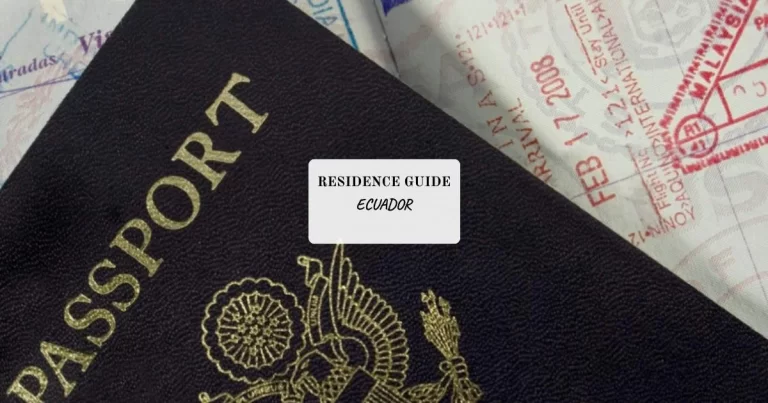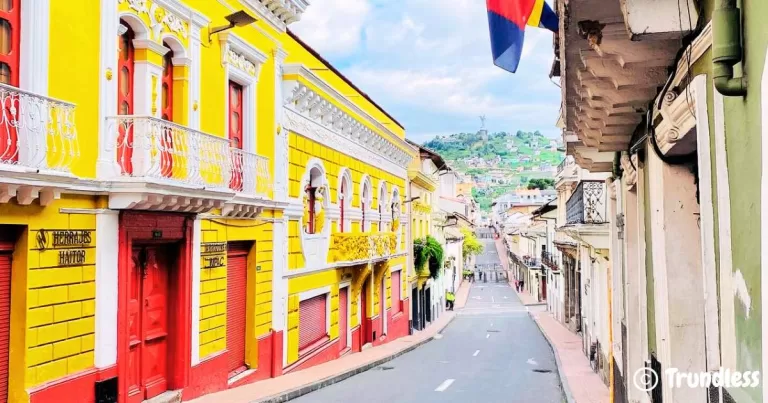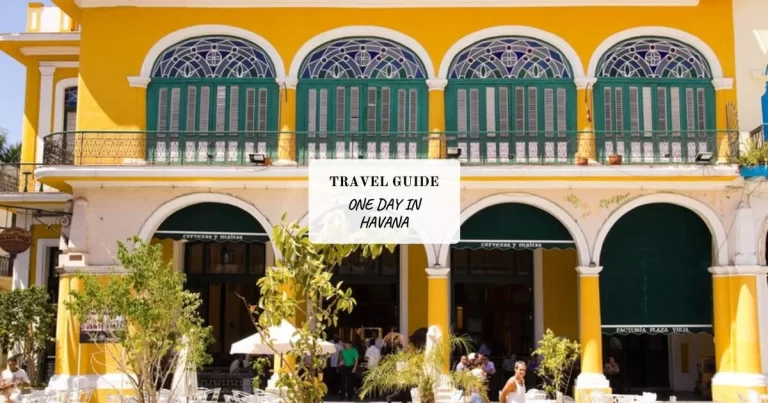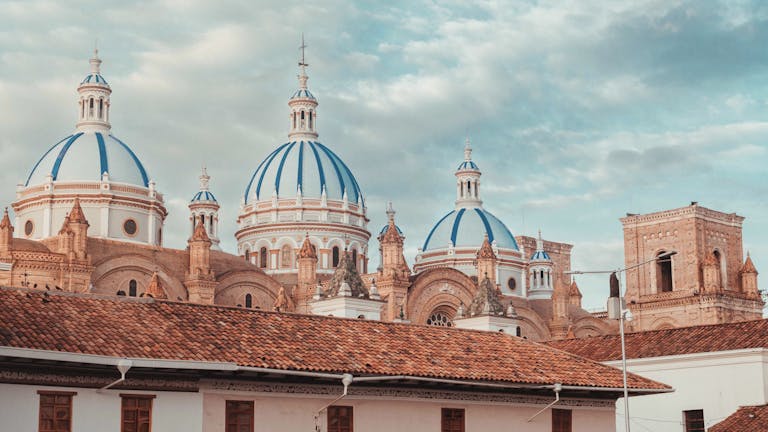Is Ecuador Safe? Essential Travel Tips for a Secure Trip
Ecuador is a vibrant and diverse country, attracting tourists with its rich history, stunning landscapes, and unique cultural experiences. From the lush Amazon rainforest to the majestic Andes mountains and the enchanting Galápagos Islands, Ecuador offers something for every type of traveler.

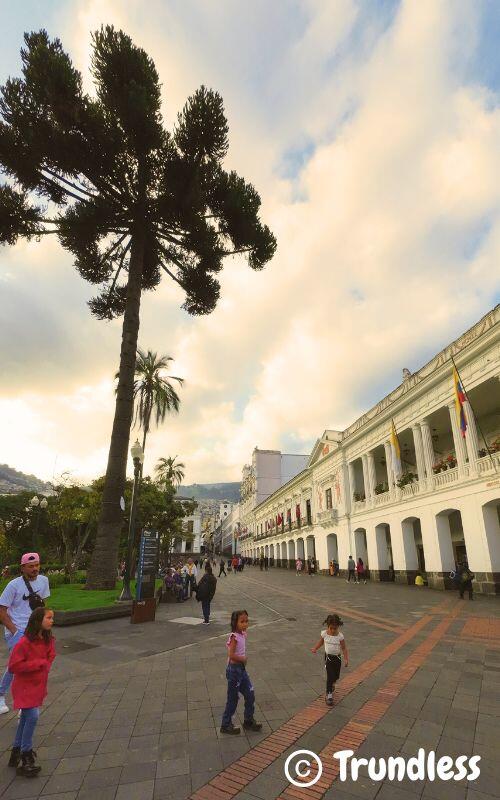
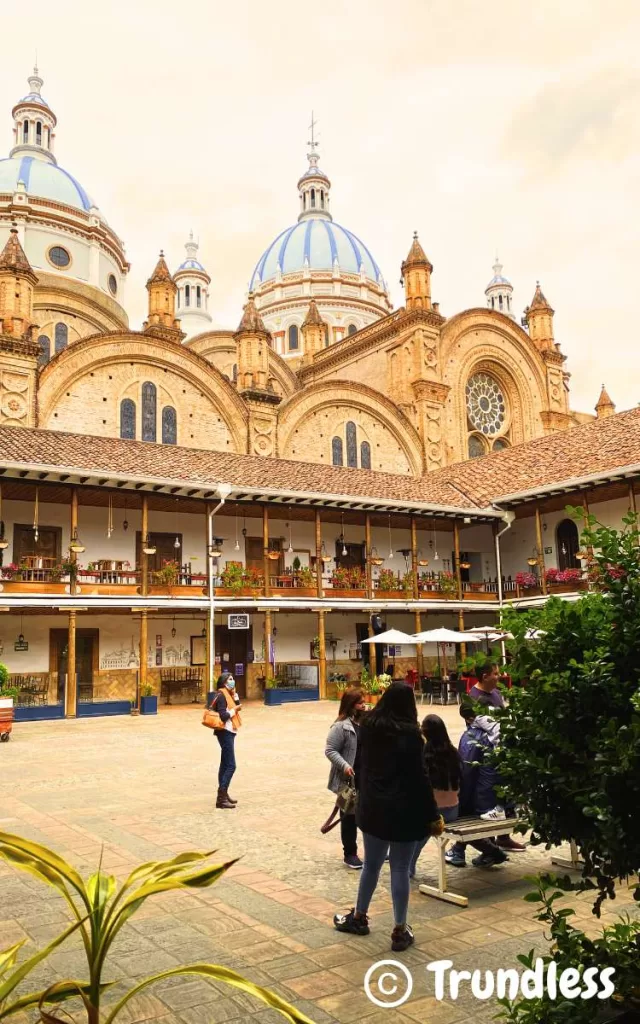
Despite its appeal, Ecuador safety remains a crucial consideration for visitors. While safety concerns exist, you can explore Ecuador safely by taking necessary precautions. Understanding the safety situation before planning your trip is essential to ensure a smooth and enjoyable experience.
It’s important to note that the U.S. Department of State has issued a travel advisory for Ecuador, recommending increased caution due to high crime rates, including violent crimes such as murder, assault, kidnapping, and armed robbery. Specific regions like Guayaquil and areas near the Colombian border are particularly highlighted as dangerous due to the presence of transnational criminal organizations (source).
Staying informed about these advisories and understanding their implications can help you make informed decisions about your travel plans. By being aware of the potential risks and preparing accordingly, you can still enjoy all that Ecuador has to offer while prioritizing your safety.
Understanding the Current Crime Landscape in Ecuador
Violent Crimes
Violent crime remains a significant concern in Ecuador, with varying trends and patterns observed across different regions. The country has seen an alarming increase in violent offenses such as murder, assault, armed robbery, and kidnapping. Data from local law enforcement agencies indicate a troubling rise in murder rates, particularly in urban centers and border areas.
Guayaquil: A Hotspot for Violent Crime
Guayaquil stands out as a hotspot for violent crime. As Ecuador’s largest city and main port, Guayaquil experiences high rates of homicides and armed robberies. The presence of transnational criminal organizations exacerbates the security situation, making certain neighborhoods particularly perilous after dark.
Border Regions: Risks and Spillover from Colombian Conflicts
Border Regions near Colombia also face heightened risks due to the spillover of violence from Colombian conflicts. Areas such as Esmeraldas and Sucumbíos experience frequent incidents of armed confrontations and kidnappings. Travelers should exercise extreme caution when visiting these border provinces source.
Notable Cases
- Kidnapping: Express kidnappings have become a tactic used by organized gangs in Ecuador. These incidents typically involve victims being abducted for short periods while perpetrators demand quick ransoms or force victims to withdraw cash from ATMs.
- Armed Robbery: Armed robbery incidents are not uncommon, particularly in urban areas like Guayaquil and Quito. Criminals often target tourists due to their perceived wealth and lack of familiarity with local surroundings.
These examples underscore the need for vigilance and precautionary measures while traveling in Ecuador.
Petty Crimes
Petty crime is widespread across Ecuador, impacting both locals and visitors alike. Common scenarios include pickpocketing, bag snatching, and scams targeting unsuspecting tourists.
Urban Centers and Public Transportation: Hotspots for Petty Theft
Urban Centers: Cities like Quito, Cuenca, and Guayaquil are notorious for petty theft. Tourist attractions and crowded marketplaces are prime locations for pickpockets who take advantage of distracted individuals.
Public Transportation: Buses are frequently cited as unsafe due to poor maintenance and overcrowding. Petty criminals often operate on public transport routes, especially during peak hours or night services.
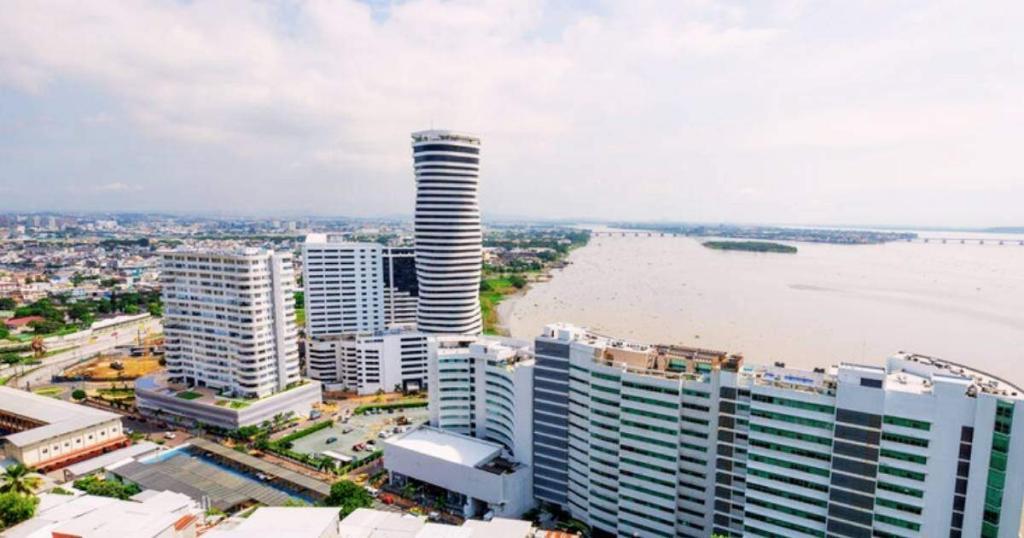
Practical Tips to Prevent Petty Crimes
- Stay Alert: Always be aware of your surroundings, especially in crowded places like markets or bus stations.
- Secure Valuables: Keep personal belongings secure; use anti-theft bags or money belts to minimize the risk of theft.
- Avoid Displaying Wealth: Refrain from wearing expensive jewelry or flashing large amounts of cash.
- Reliable Transport: Opt for reputable taxi services instead of hailing cabs off the street to reduce the risk of being targeted by thieves posing as drivers.
- Local Advice: Seek advice from locals or hotel staff about areas to avoid and precautions to take based on current crime trends.
Understanding the current crime landscape in Ecuador helps travelers make informed decisions about their safety during their visit. By staying vigilant and taking necessary precautions, you can significantly reduce the risks associated with both violent and petty crimes.
Petty Crimes
Petty crimes are a common concern for travelers visiting Ecuador. These crimes, though less severe than violent offenses, can still significantly impact your travel experience. Understanding the types of petty crimes prevalent in Ecuador and taking necessary precautions can help ensure a safer journey.
Common Scenarios of Petty Crimes
Tourists often encounter several types of petty crimes during their stay in urban areas:
- Pickpocketing: This is particularly common in crowded places such as markets, bus stations, and tourist attractions. Thieves may work in pairs or groups to distract you while another steals your belongings.
- Bag Snatching: Occurs frequently in busy streets and public transportation. Thieves on motorcycles or bicycles may snatch bags from pedestrians or passengers.
- ATM Scams: Criminals might tamper with ATMs to steal card information or cash. Be cautious when using ATMs, especially those located in less secure areas.
Practical Tips to Avoid Petty Crimes
Taking proactive measures can greatly reduce the risk of falling victim to petty crimes:
- Stay Alert: Always be aware of your surroundings, especially in crowded areas. Keep an eye on your belongings and avoid displaying valuables openly.
- Secure Your Belongings: Use anti-theft bags with slash-proof straps and lockable zippers. Keep your bag in front of you and close to your body.
- Limit Cash and Valuables: Carry only what you need for the day. Leave extra cash, credit cards, and valuables in a safe place at your accommodation.
- Be Cautious with Public Transportation: Buses can be hotspots for pickpockets due to overcrowding. Keep your bag close and avoid standing near the doors where thieves can easily escape.
Crime statistics indicate that urban centers like Quito and Guayaquil experience higher rates of petty crime compared to rural areas. The rise in incidents targeting tourists highlights the importance of staying vigilant.

Public Transportation Safety
Using public transportation requires additional precautions:
- Avoid Overcrowded Buses: When possible, opt for less crowded buses or alternative transportation methods like taxis or rideshares.
- Keep Bags Secure: Hold onto your bag at all times, preferably on your lap or between your feet if seated.
- Be Wary of Strangers Offering Help: While most people are genuinely helpful, some may use this as a tactic to get close enough to steal from you.
Incidents of pickpocketing and bag snatching are reported frequently on buses and at bus stations. By following these safety strategies, you can minimize risks and enjoy a more secure travel experience in Ecuador.
Identifying Dangerous Areas in Ecuador
Certain regions in Ecuador are particularly unsafe for tourists due to higher crime rates and the presence of transnational criminal organizations. Understanding these areas helps you plan your trip more safely.
Travel Warnings and Government Advisories
Government advisories often highlight regions where crime is prevalent. These warnings are based on thorough assessments of local security situations, including the activities of criminal organizations. In Ecuador, several provinces have been flagged for increased caution:
- El Oro
- Guayas
- Los Ríos
- Manabí
- Orellana
- Santa Elena
In these areas, freedom of association has been suspended, and there are heightened security measures.
The Risky Reality of Guayaquil and the Colombian Border
Guayaquil: Urban and Rural Risks
Guayaquil, the largest city in Ecuador, poses significant dangers to travelers. Known for its vibrant culture and bustling economy, it also has high rates of violent crimes such as armed robbery and murder. Specific neighborhoods like Las Peñas and Cerro Santa Ana are notorious for criminal activities.
Urban Risks:
- Street Crimes: Pickpocketing, bag snatching, and express kidnappings are common.
- Public Transportation: Buses can be hotspots for theft due to overcrowding and poor maintenance.
Rural Risks:
- Remote Areas: Tourists exploring rural parts should be cautious as these areas may lack adequate police presence.
The Colombian Border: Unique Security Challenges
Proximity to Colombia introduces additional risks, particularly due to the presence of transnational criminal organizations. Regions near the border face unique security challenges:
Areas to Avoid:
- Carchi
- Sucumbíos
These regions experience frequent criminal activity related to drug trafficking and armed conflict.
Security Measures:
To mitigate risks, local authorities have implemented several measures:
- Increased military and police presence.
- Curfews in high-risk areas.
- Regular patrols along key transit routes.
Understanding these dangerous regions helps you make informed decisions about where to travel in Ecuador. Each area has its own set of risks and safety precautions that should be considered when planning your visit.
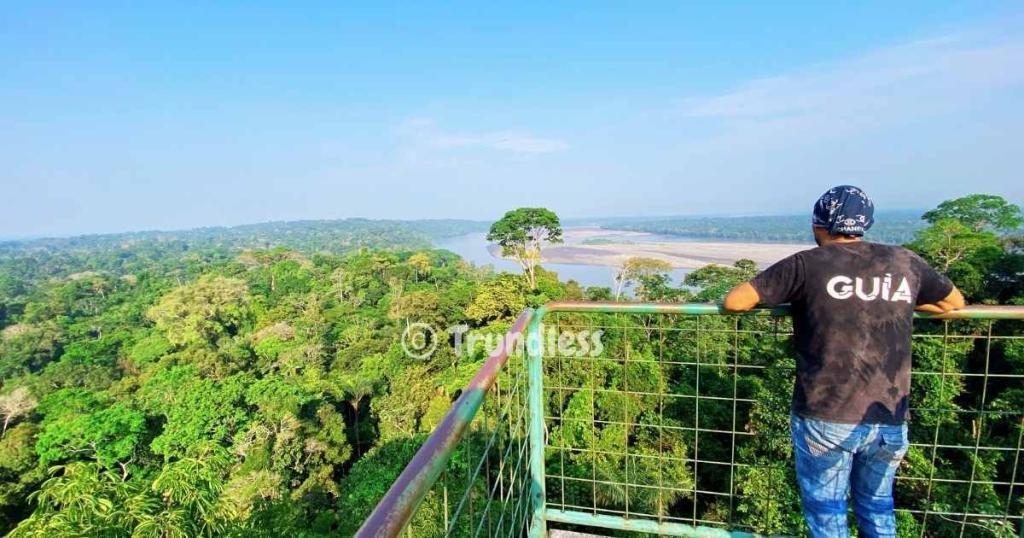
Dealing with Internal Armed Conflict and Gang Violence
Impact of Internal Armed Conflict on Safety
Ecuador’s internal armed conflict has significantly impacted the nation’s safety climate. The rise of violent groups and organized crime syndicates, particularly in provinces such as Guayas, Manabí, and Los Ríos, exacerbates the situation. Escalating confrontations between these factions have led to increased violence and instability, affecting not only local residents but also tourists.
Role of Gang-Related Activities
Gang violence plays a crucial role in perpetuating insecurity across various regions. Gangs control substantial territories, engaging in activities like drug trafficking, extortion, and illegal mining. Their presence is especially pronounced near the Colombian border, where transnational criminal organizations operate with relative impunity.
Key provinces affected by gang activities:
- Guayas
- Manabí
- Los Ríos
- El Oro
These areas experience frequent violent incidents, leading to heightened military and police presence aimed at restoring order.
Authorities’ Response to Conflict and Violence
Authorities have made significant efforts to address these challenges:
- Military Deployment: The Ecuadorian government has deployed military forces to the most affected areas. This increased presence aims to deter criminal activities and restore public confidence.
- Community Collaboration: Initiatives involving local communities focus on intelligence gathering and building trust between citizens and law enforcement agencies. Collaborative efforts are crucial for identifying criminal hotspots and preventing violence.
Recent Incidents, Explosions, and Business Attacks
Recent events have raised public safety concerns:
- Small-scale Explosions: Several incidents involving small explosives have occurred in urban centers. While casualties are typically limited, these explosions create fear and uncertainty among locals and visitors.
- Attacks on Businesses: Targeted attacks on businesses are another worrying trend. Criminal groups often use these attacks as a means of intimidation or punishment for non-compliance with extortion demands.
These incidents contribute not only to a sense of insecurity but also to economic challenges:
- Economic Impact: Businesses face financial losses due to damages from attacks or reduced customer turnout driven by safety concerns.
- Security Perceptions: The perception of danger can deter investments and tourism, impacting the broader economy negatively.
Essential Tips for Ensuring a Safe Journey in Ecuador
Travel precautions are crucial for a safe and enjoyable experience in Ecuador. Follow these practical tips to minimize risks:
1. Avoid displaying valuables
Keep your belongings secure and avoid flaunting expensive items like jewelry, cameras, or large amounts of cash.
2. Be cautious with ATMs
Use ATMs located inside banks or shopping centers during daylight hours. Shield your PIN and stay alert to your surroundings.
3. Secure accommodations
Choose reputable hotels or rental properties with good security measures. Lock doors and windows, and use hotel safes for valuables.
4. Stay vigilant in crowded areas
Places like markets, bus stations, and tourist attractions are hotspots for pickpocketing. Keep your bags close and be mindful of your surroundings.
5. Use reliable transportation
Opt for registered taxis or ride-sharing services like Uber rather than hailing yellow cabs on the street. Avoid traveling alone at night.
Staying informed about the latest security situations is vital. Regularly check updates from:
- U.S. Department of State Travel Advisory: Provides current information on safety conditions.
- Local news sources: Follow Ecuadorian news websites and social media channels for real-time updates.
- Travel forums and expat groups: Join online communities where travelers share recent experiences and advice.
Familiarize yourself with local emergency contacts. Having this information handy can be a lifesaver:
- Police: Dial 911 for immediate assistance in case of emergencies.
- Medical services: Know the locations of nearby hospitals or clinics. In major cities, private hospitals often offer better services for foreigners.
- Embassy contacts: Register with your embassy upon arrival and note down their contact details.
These precautions help you navigate Ecuador safely while enjoying its rich culture and natural beauty. Stay informed, be prepared, and always prioritize personal safety during your travels.


